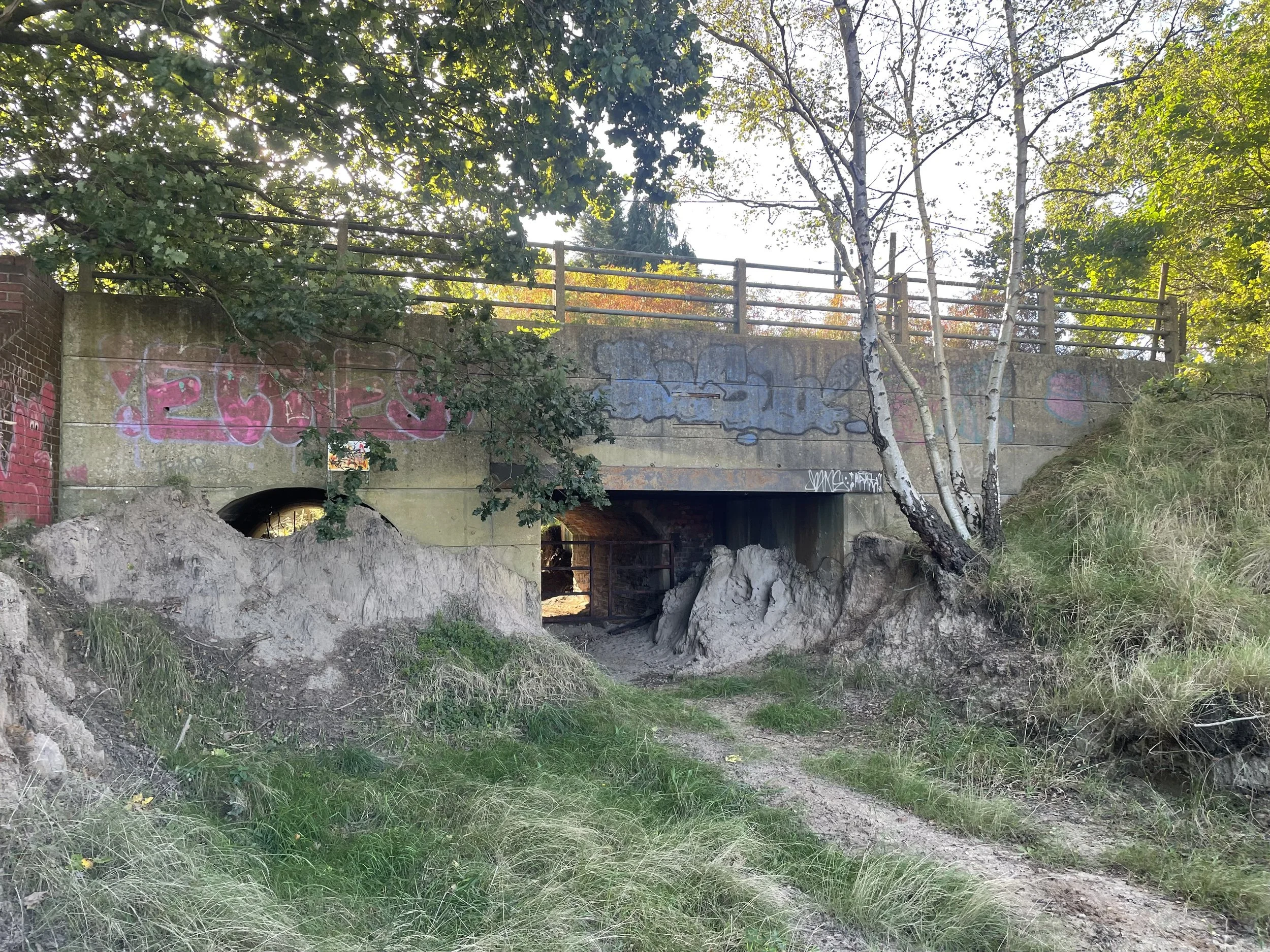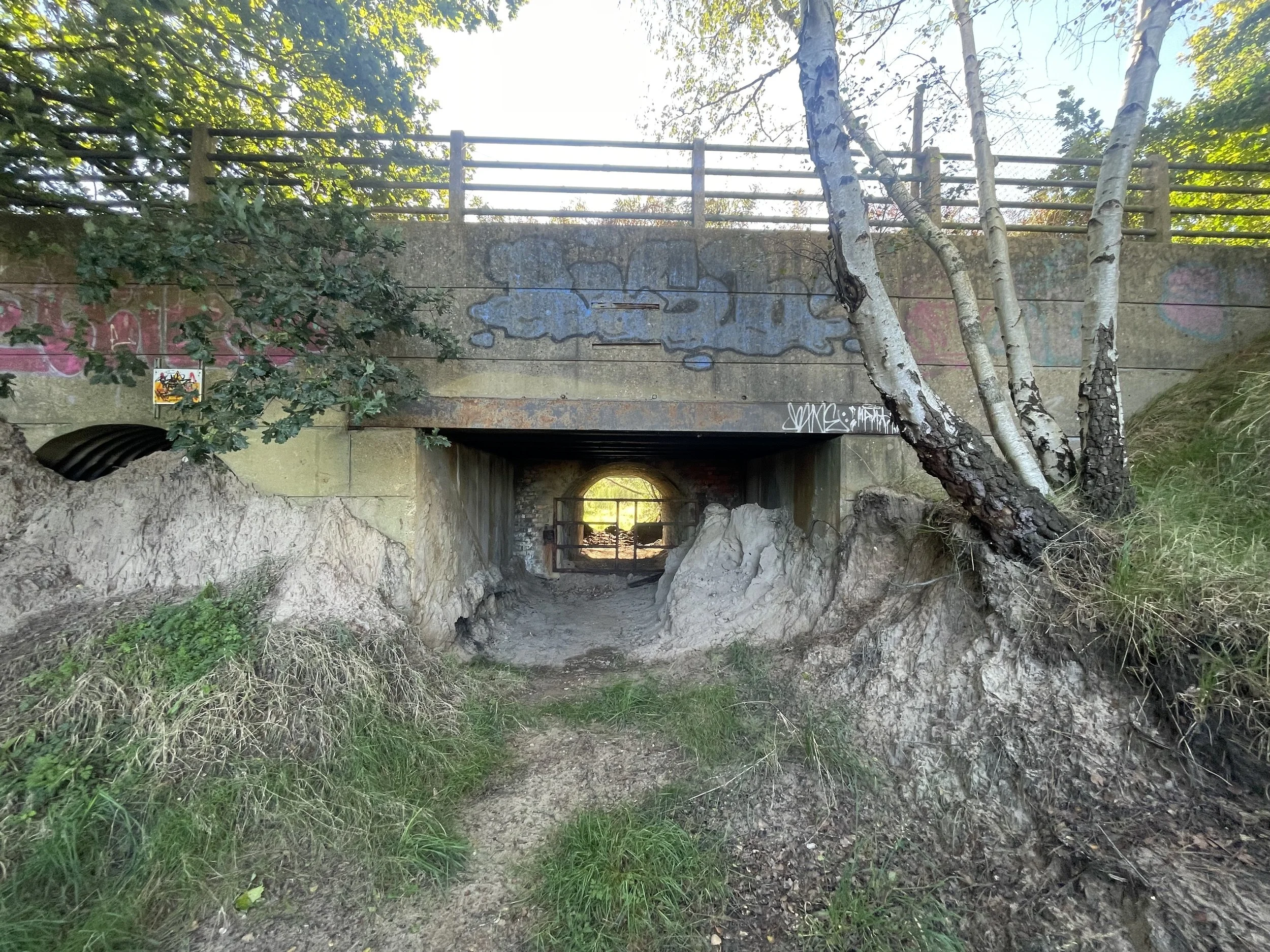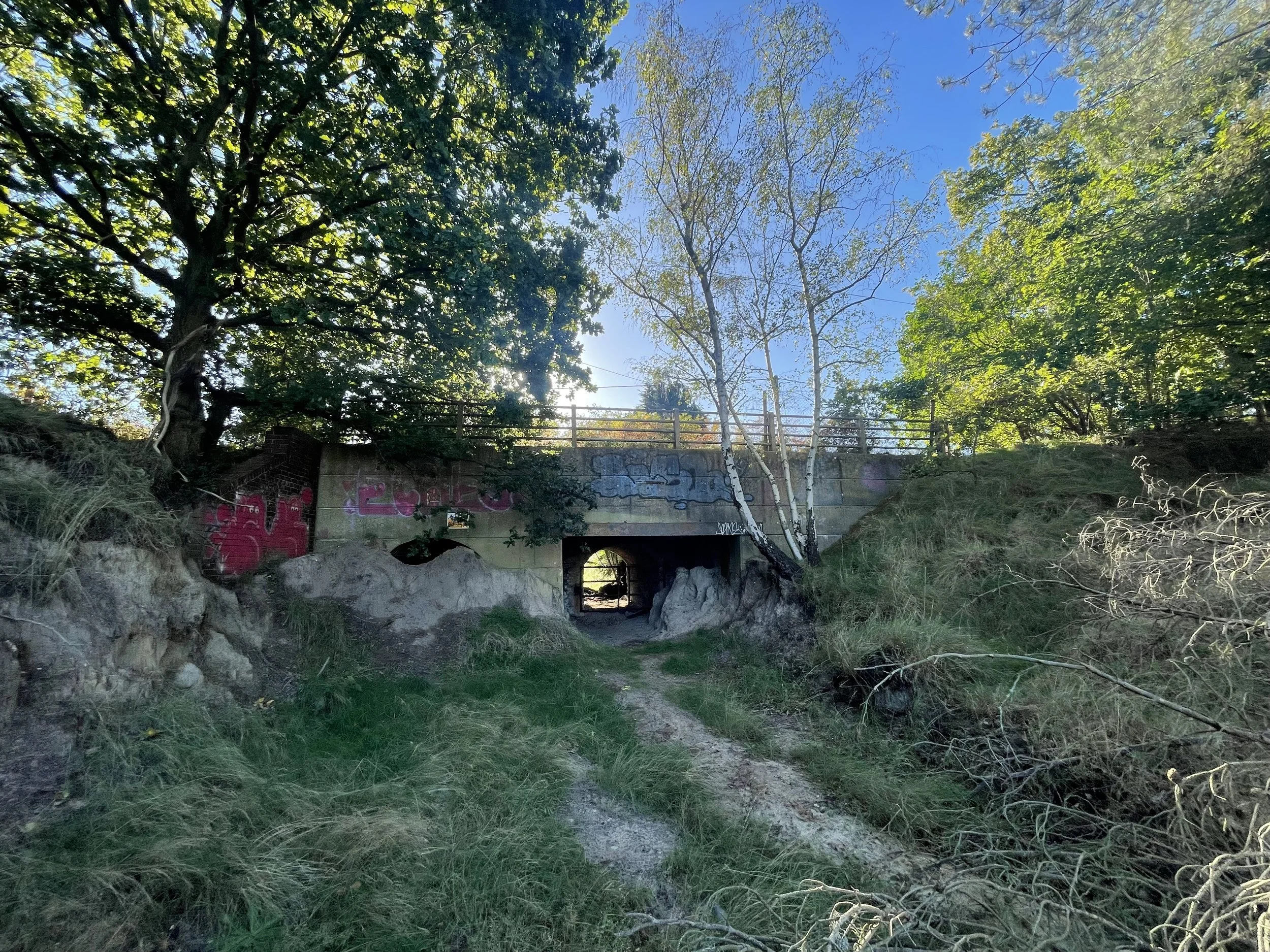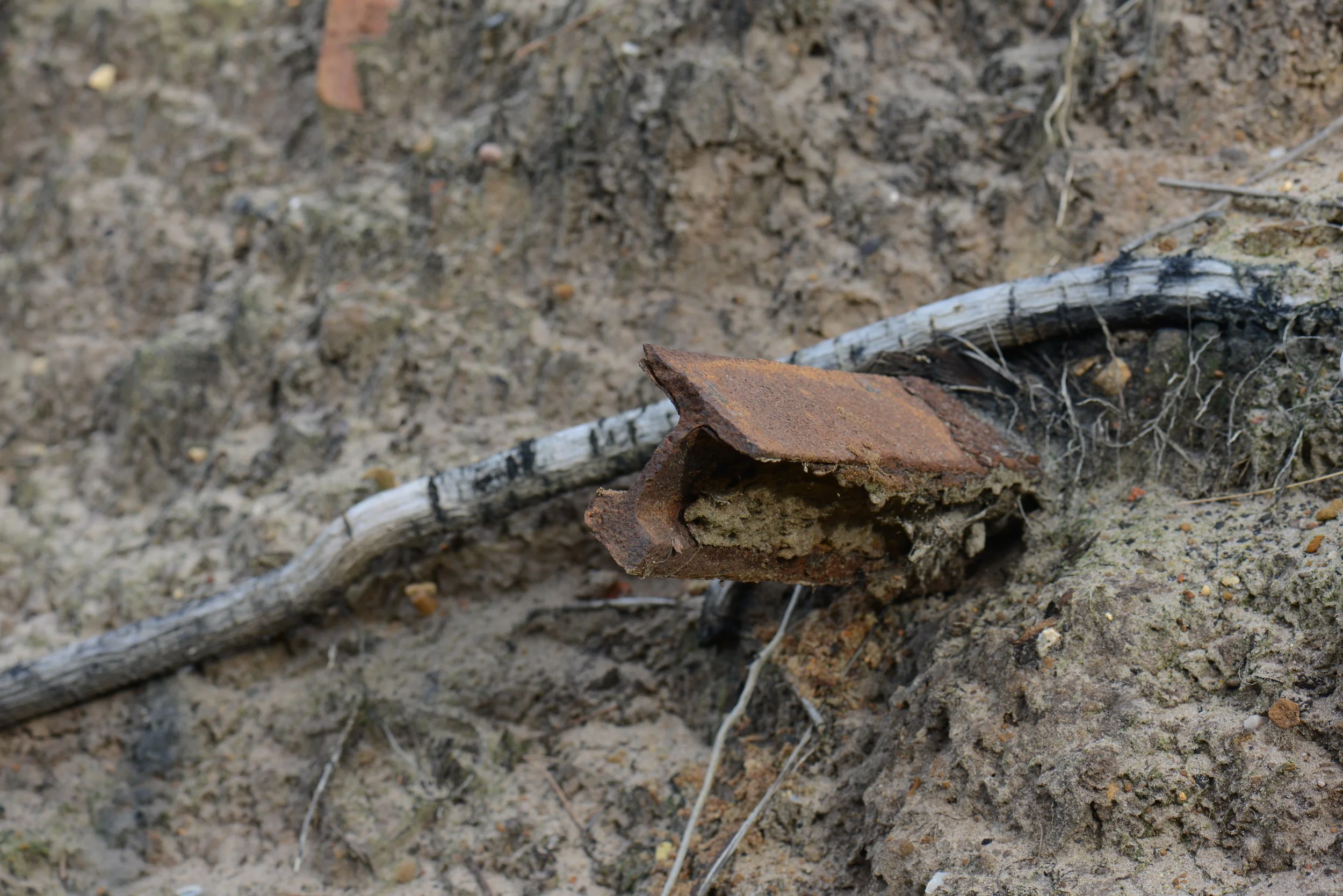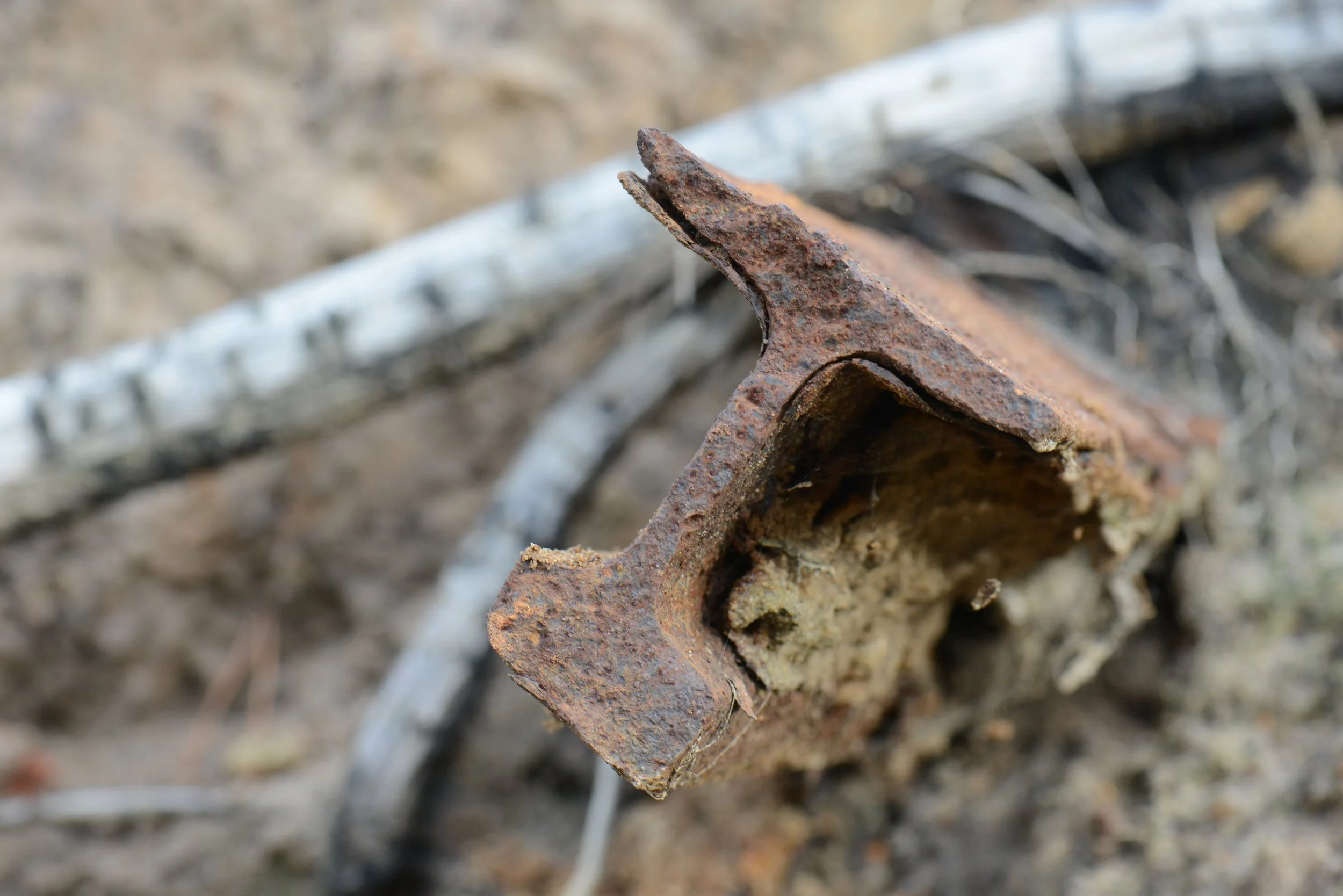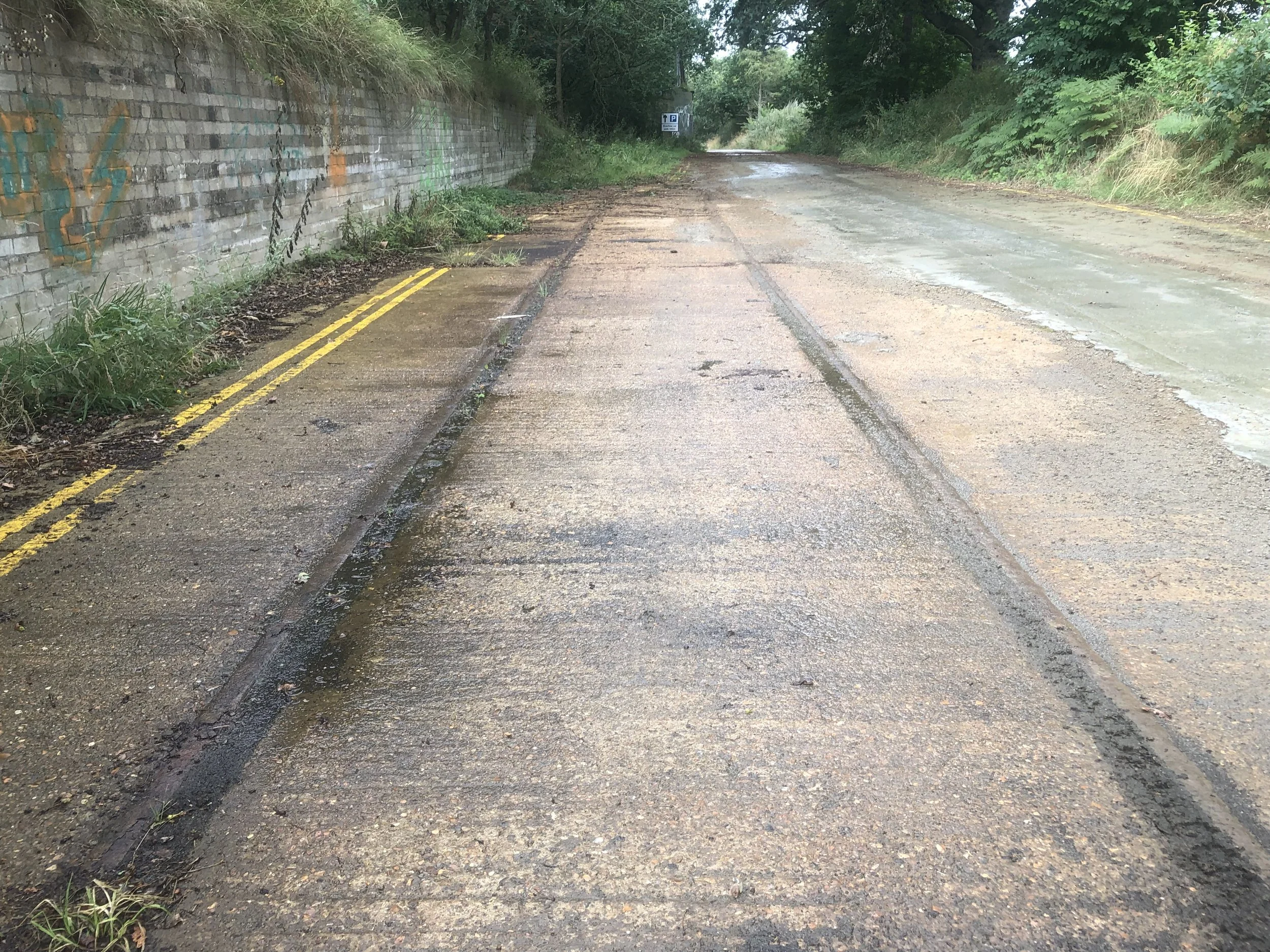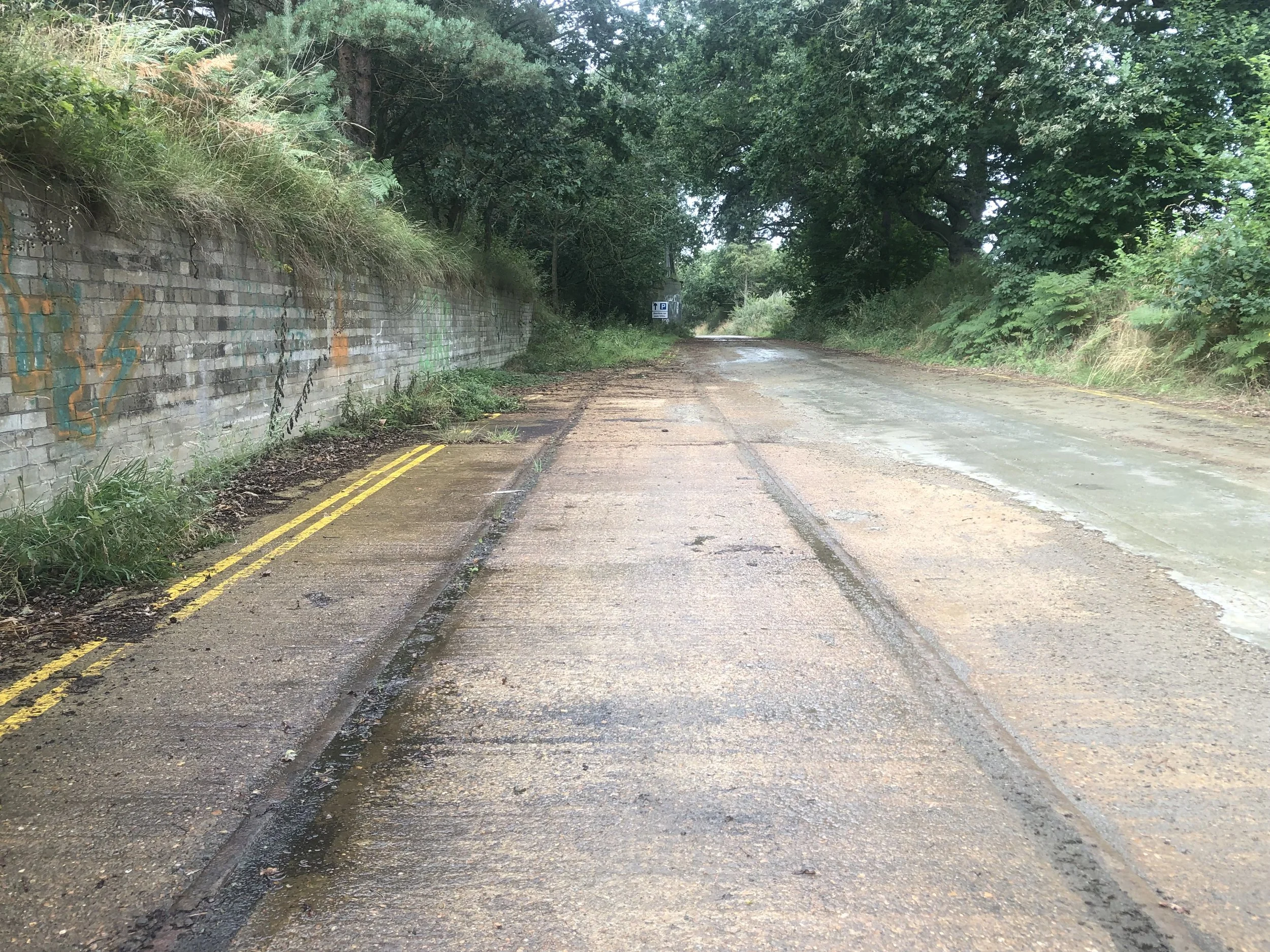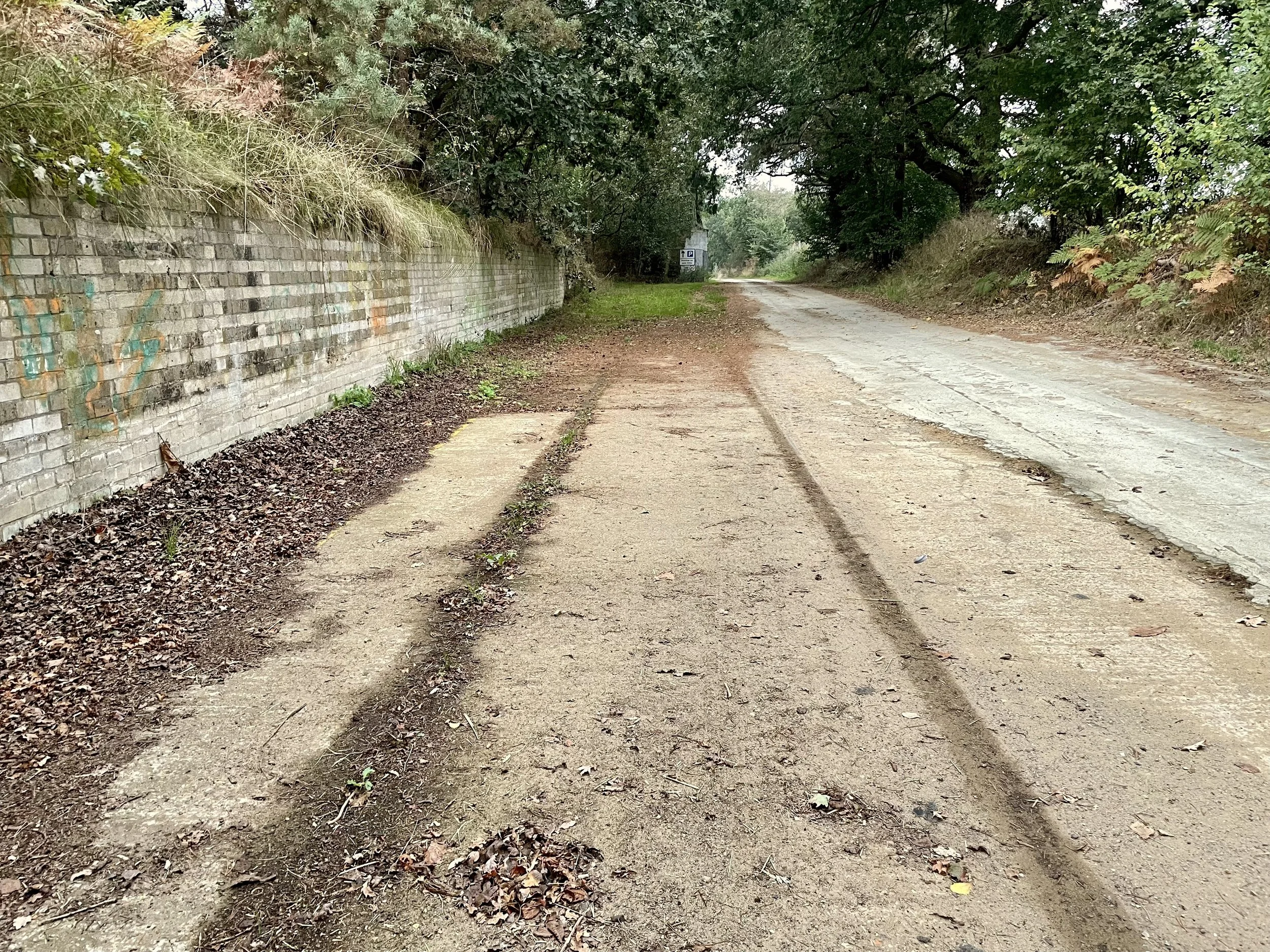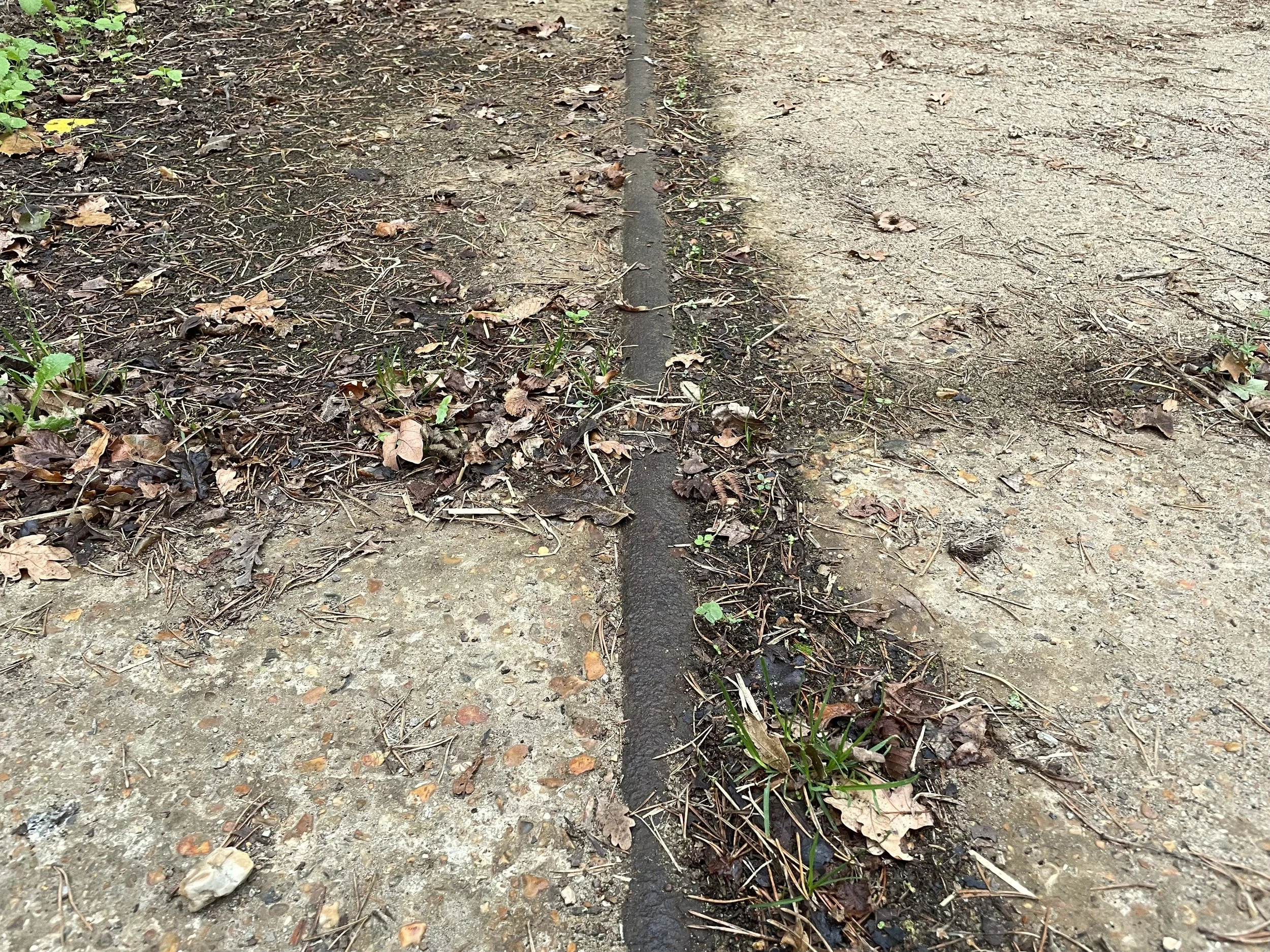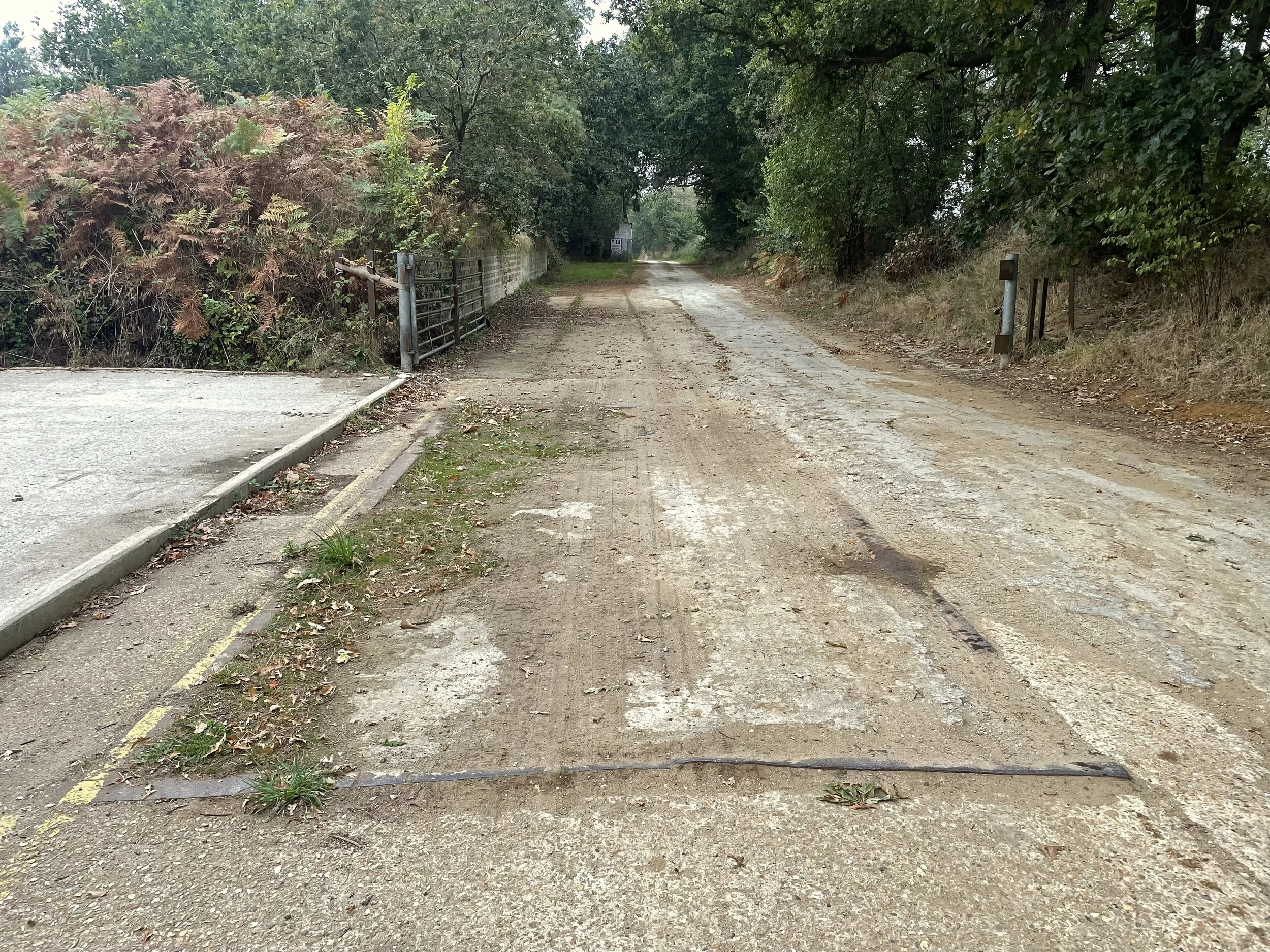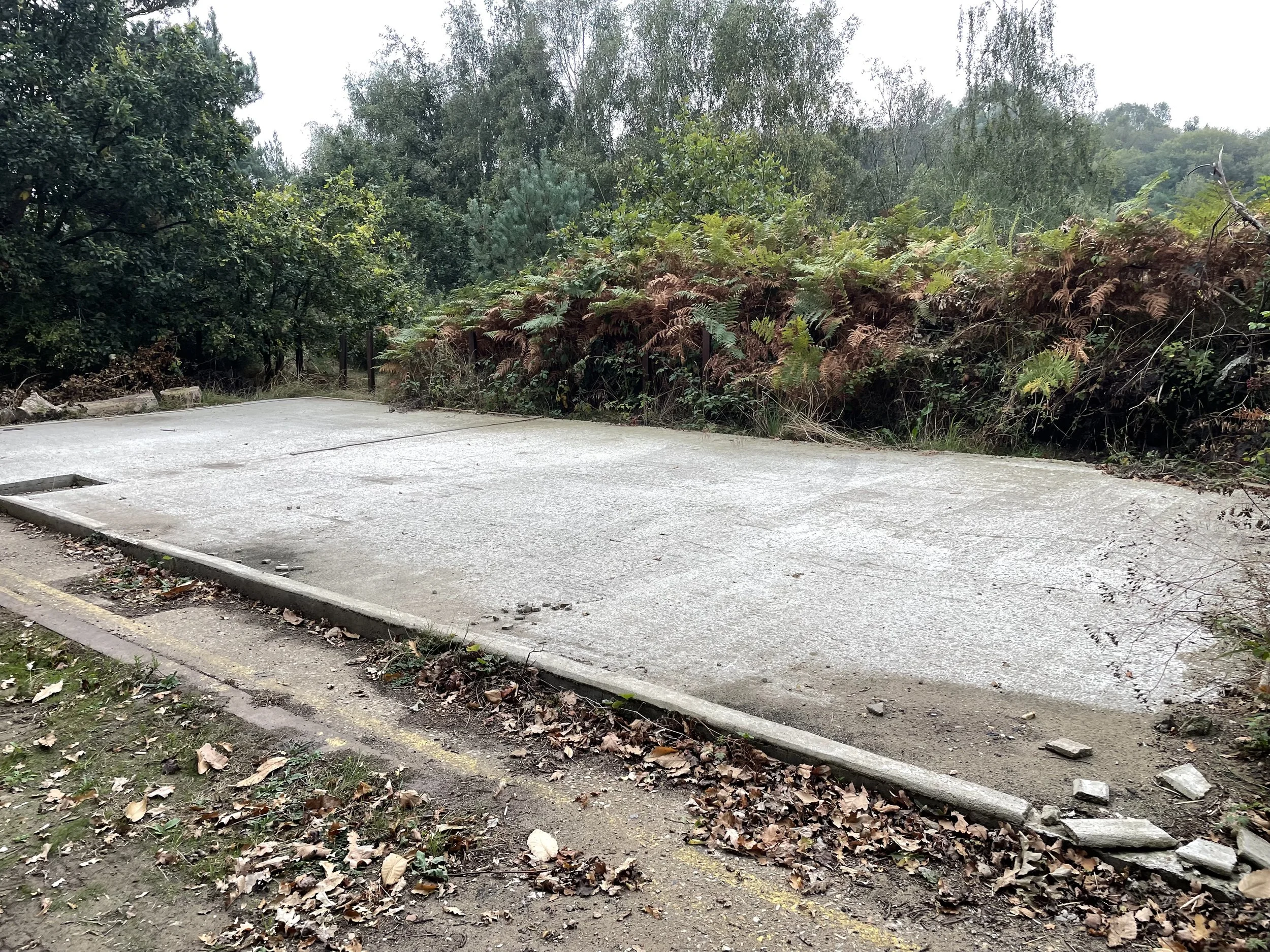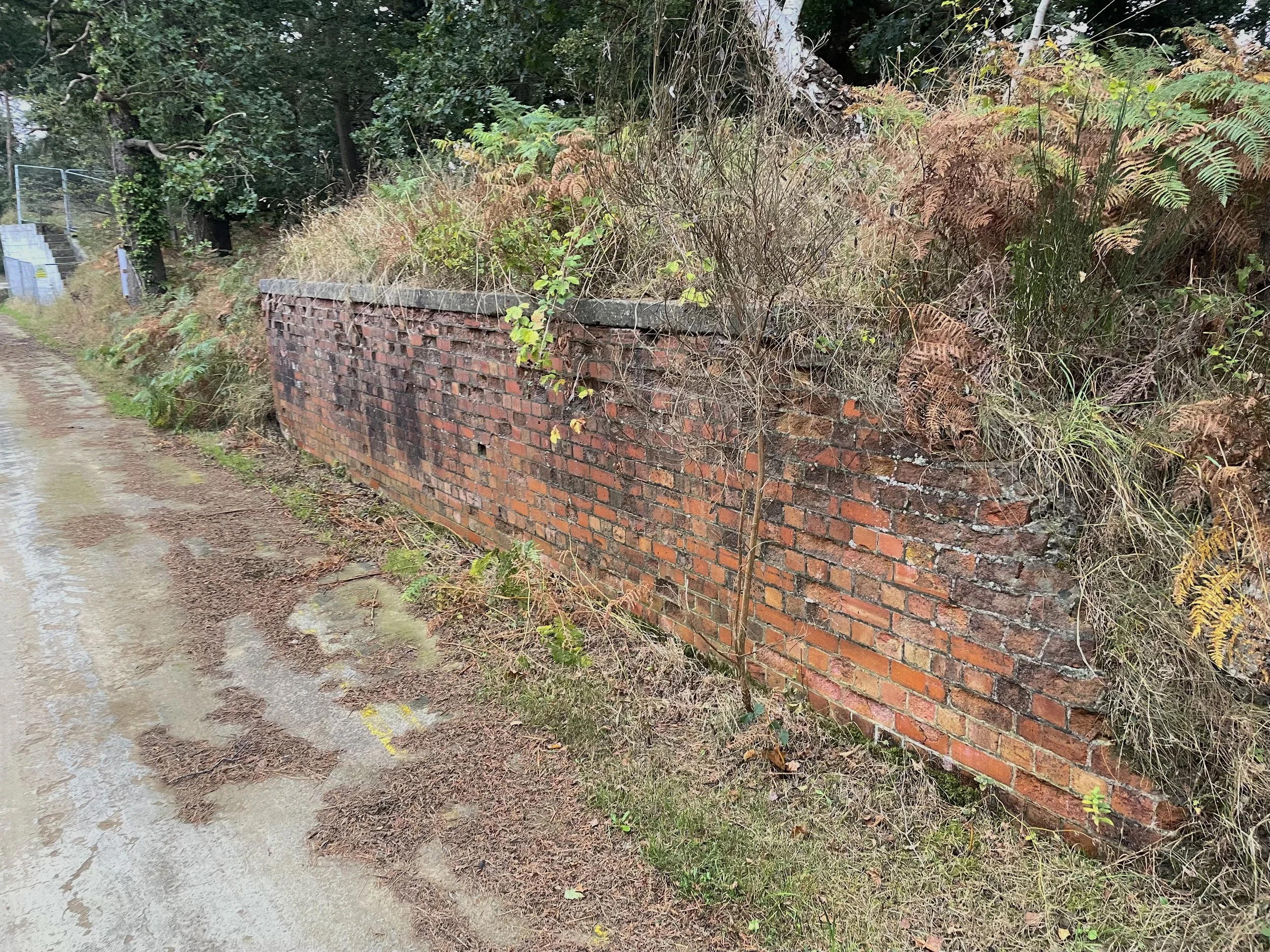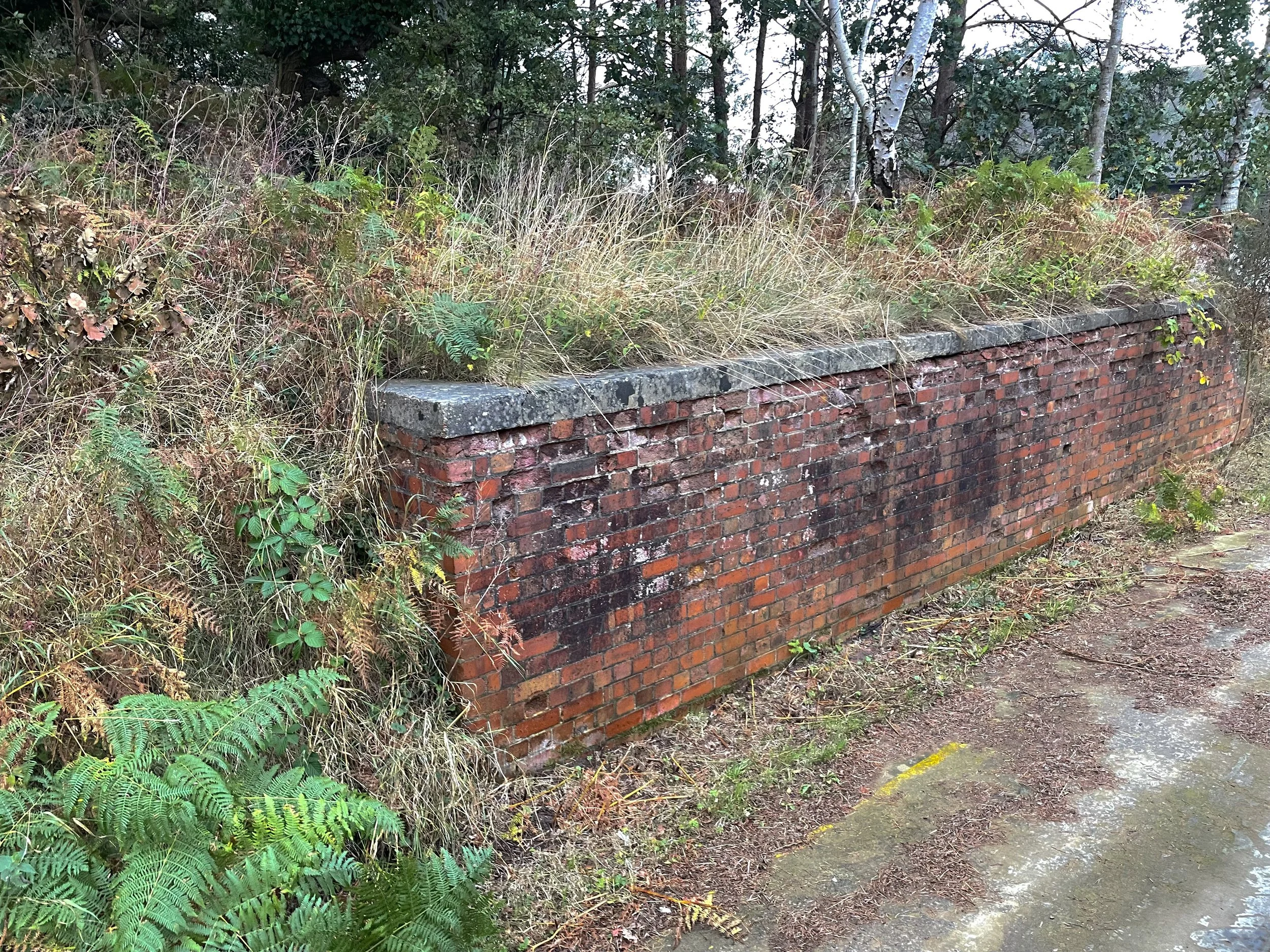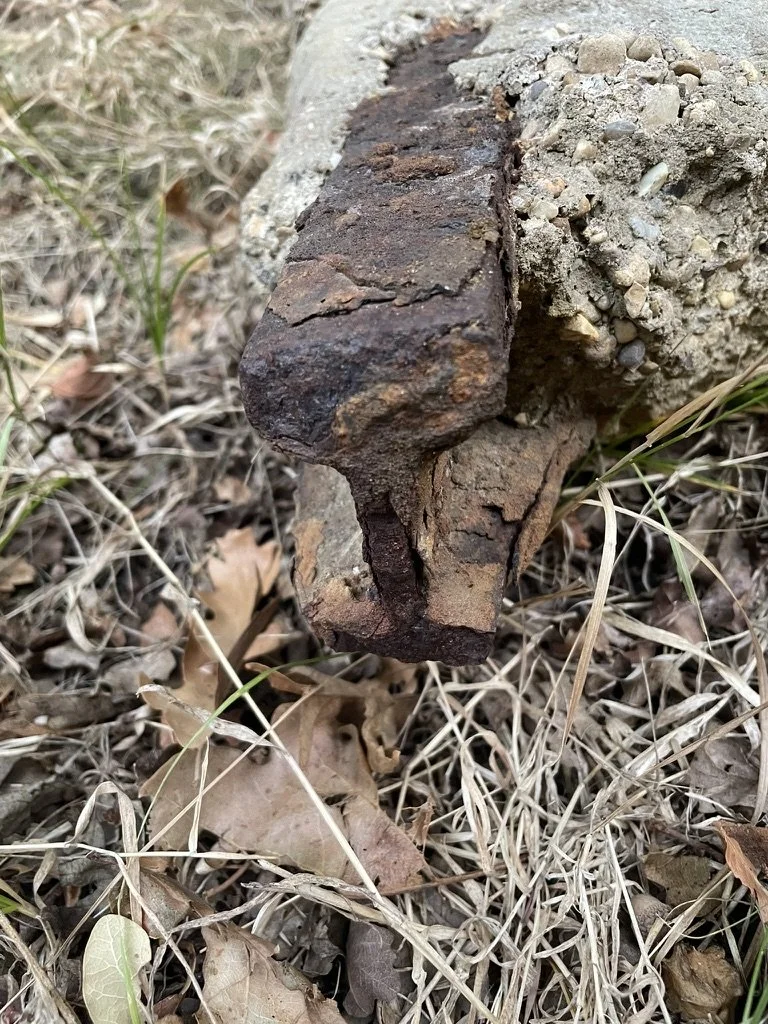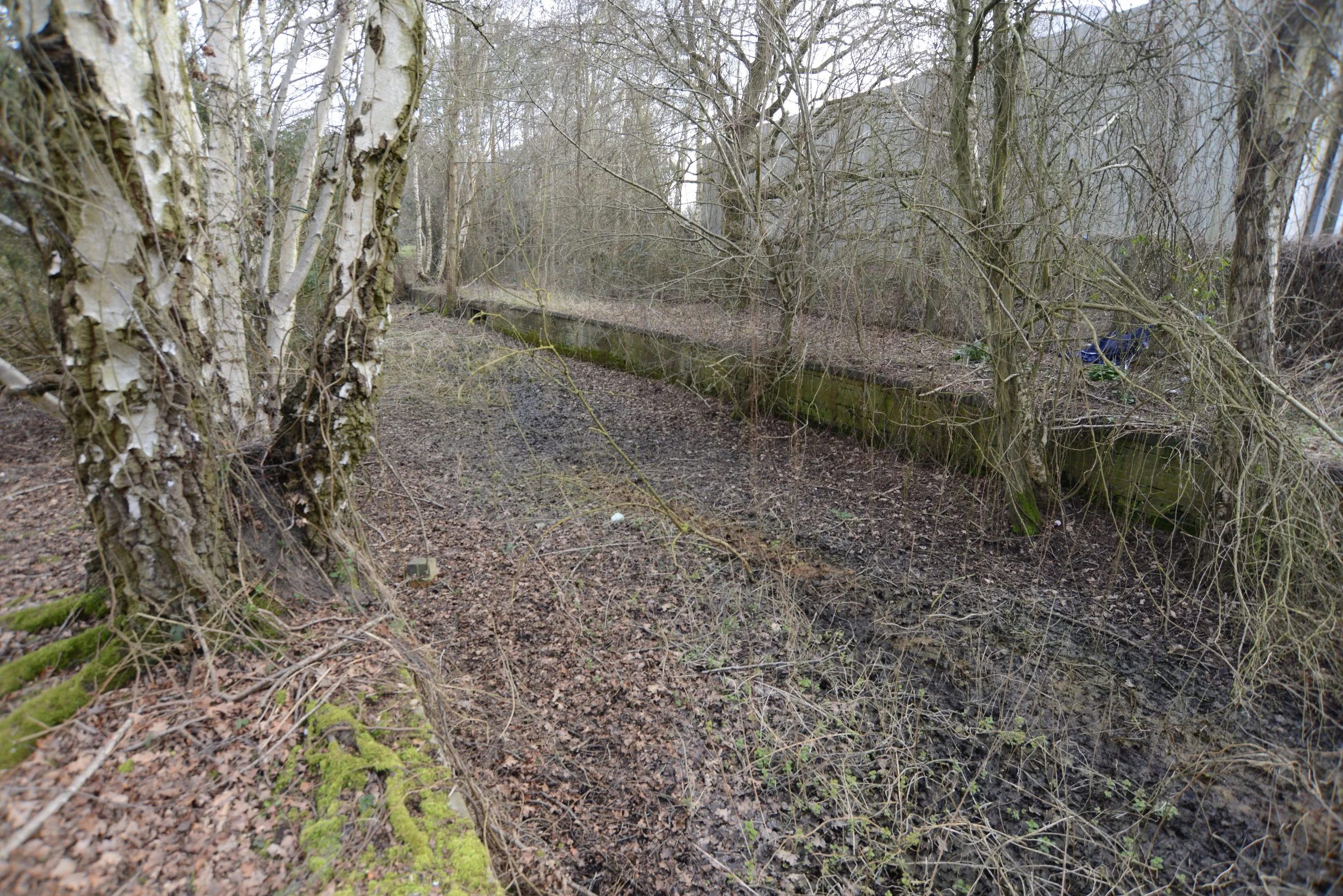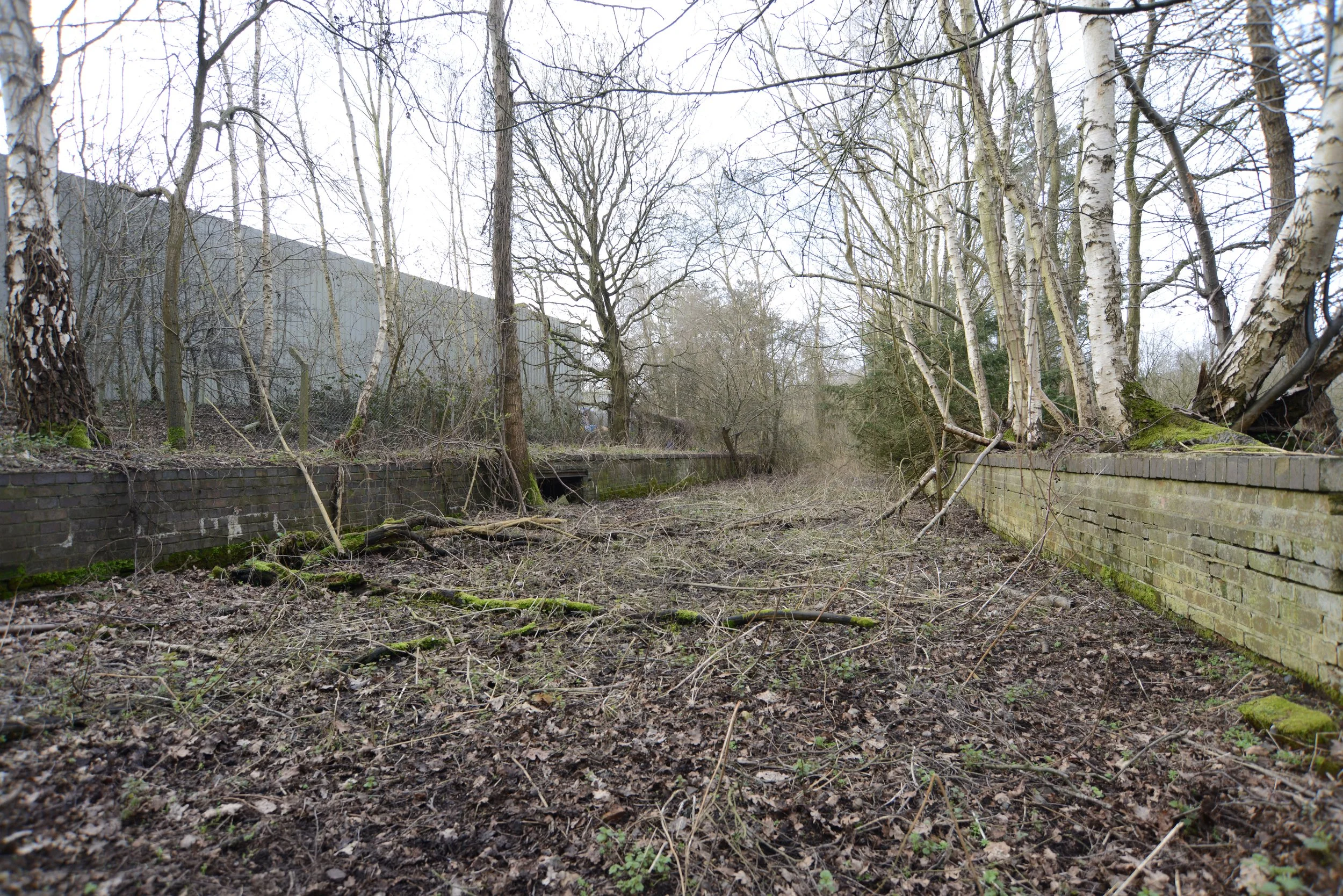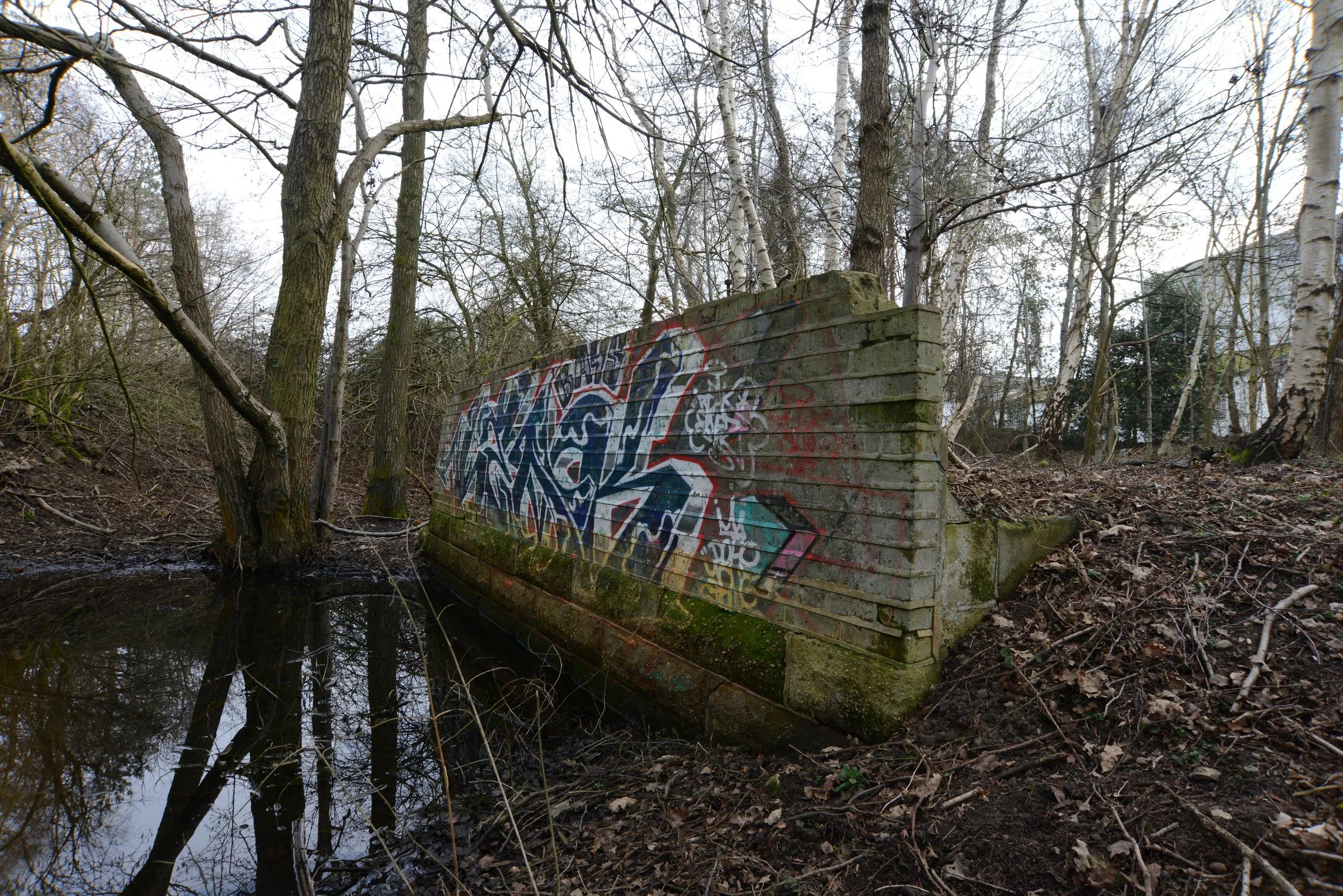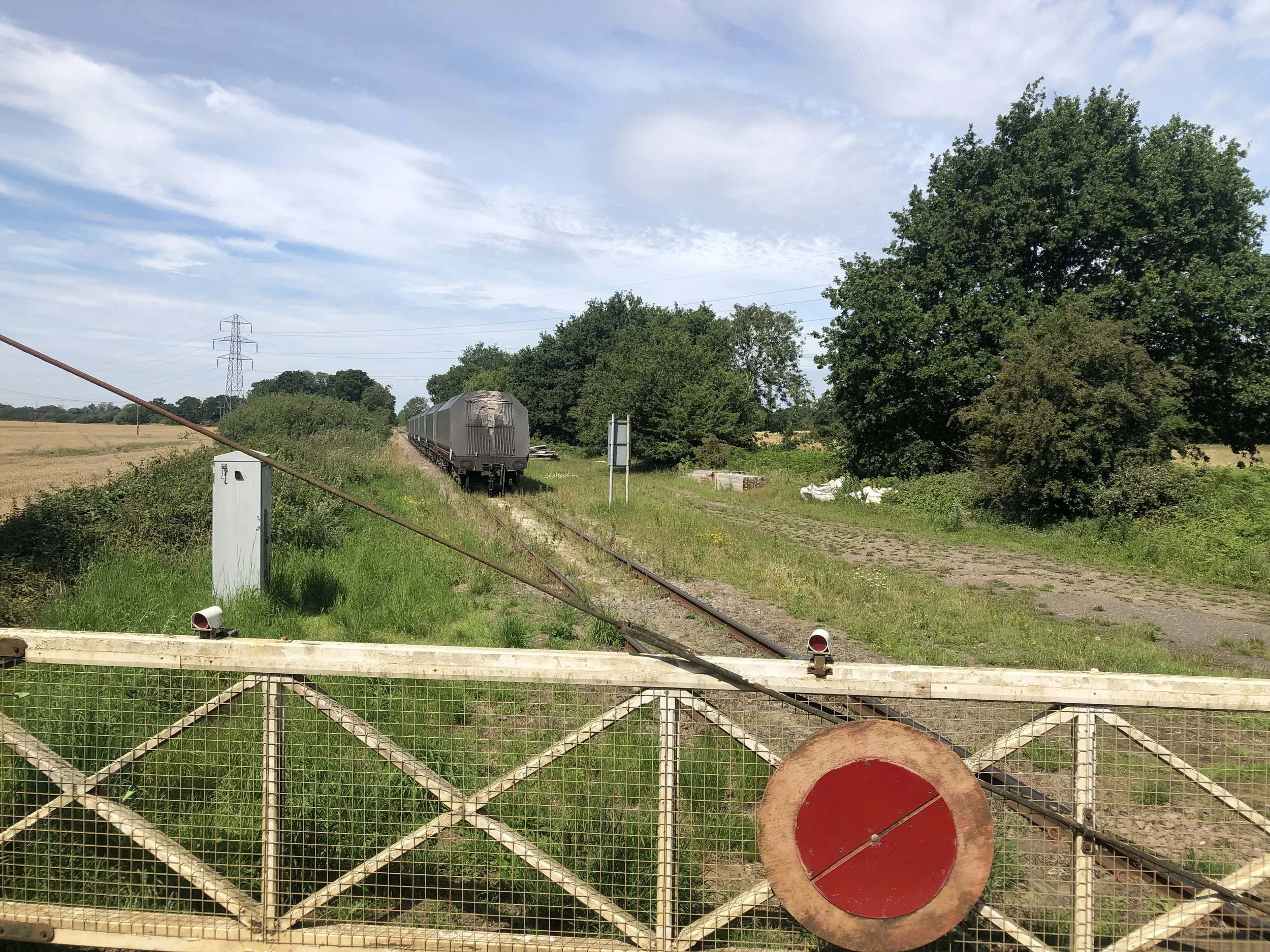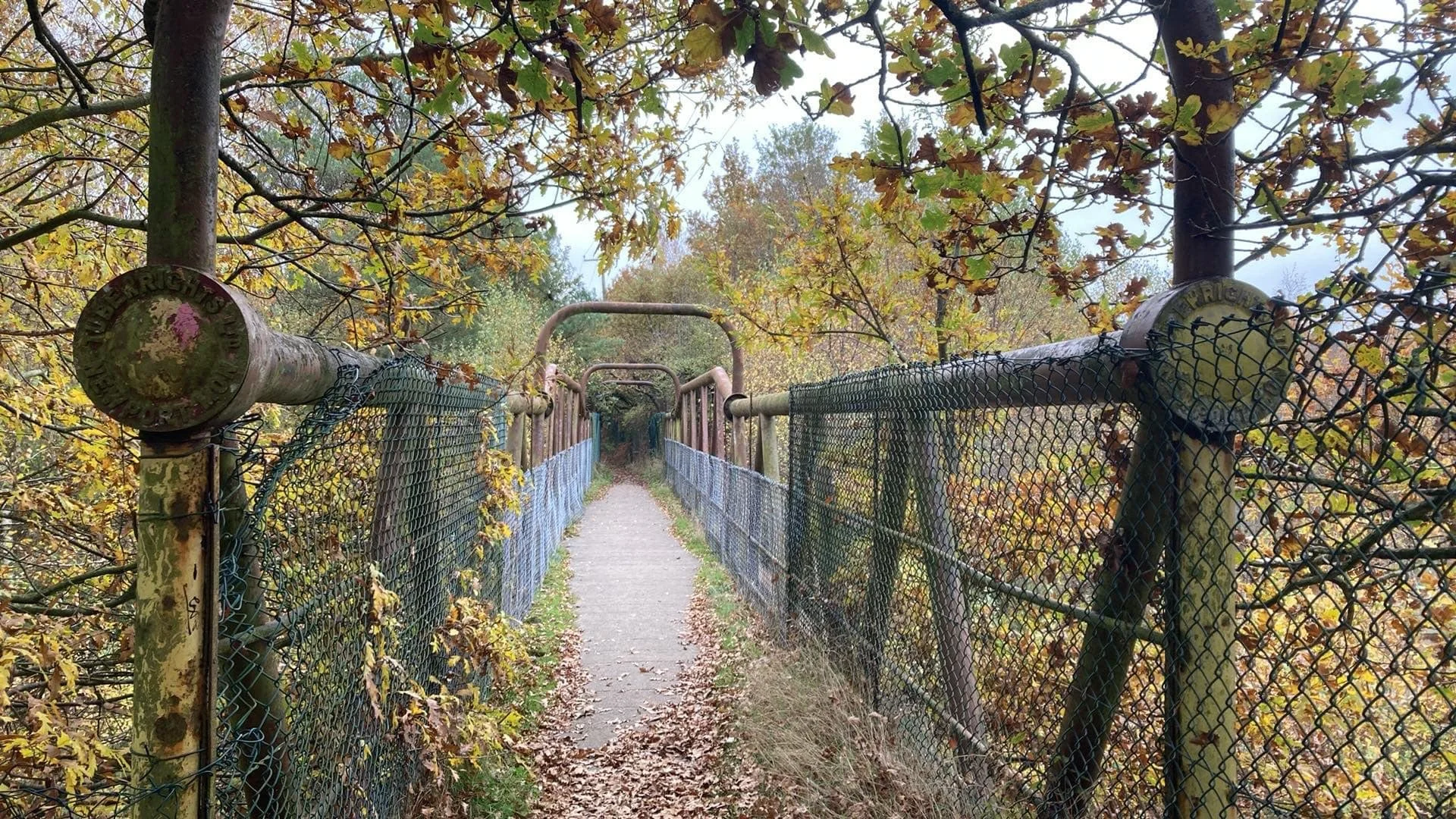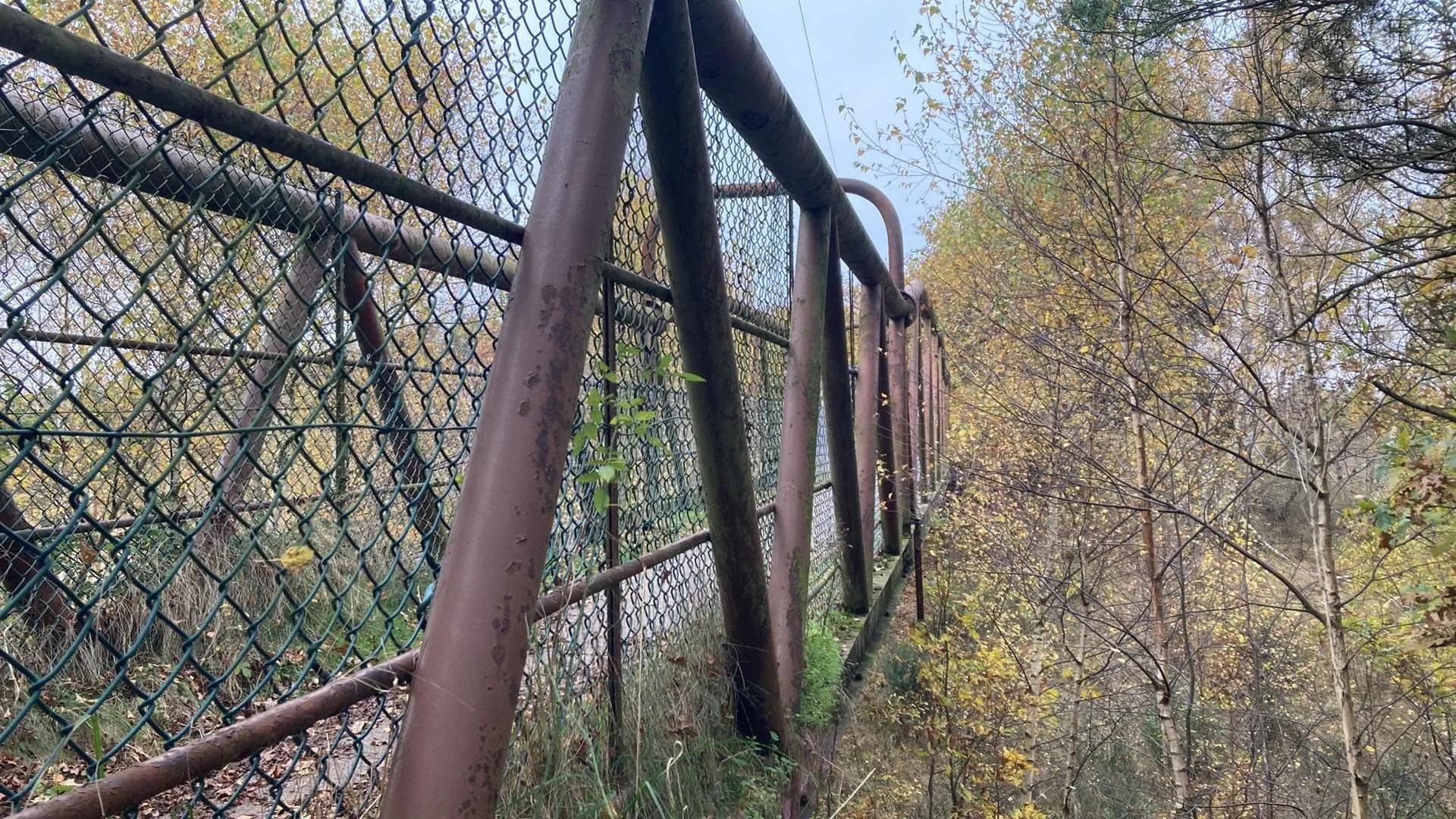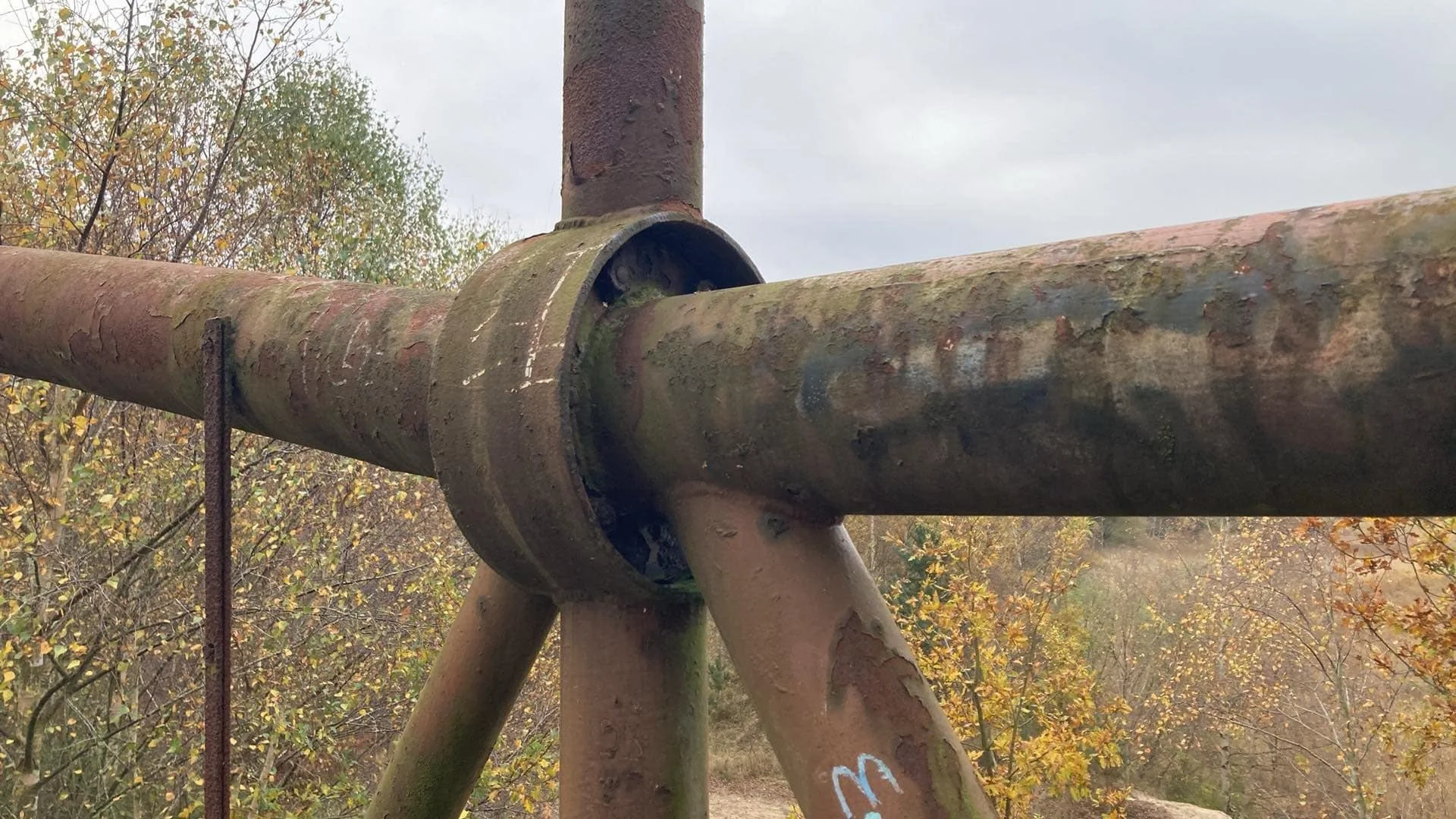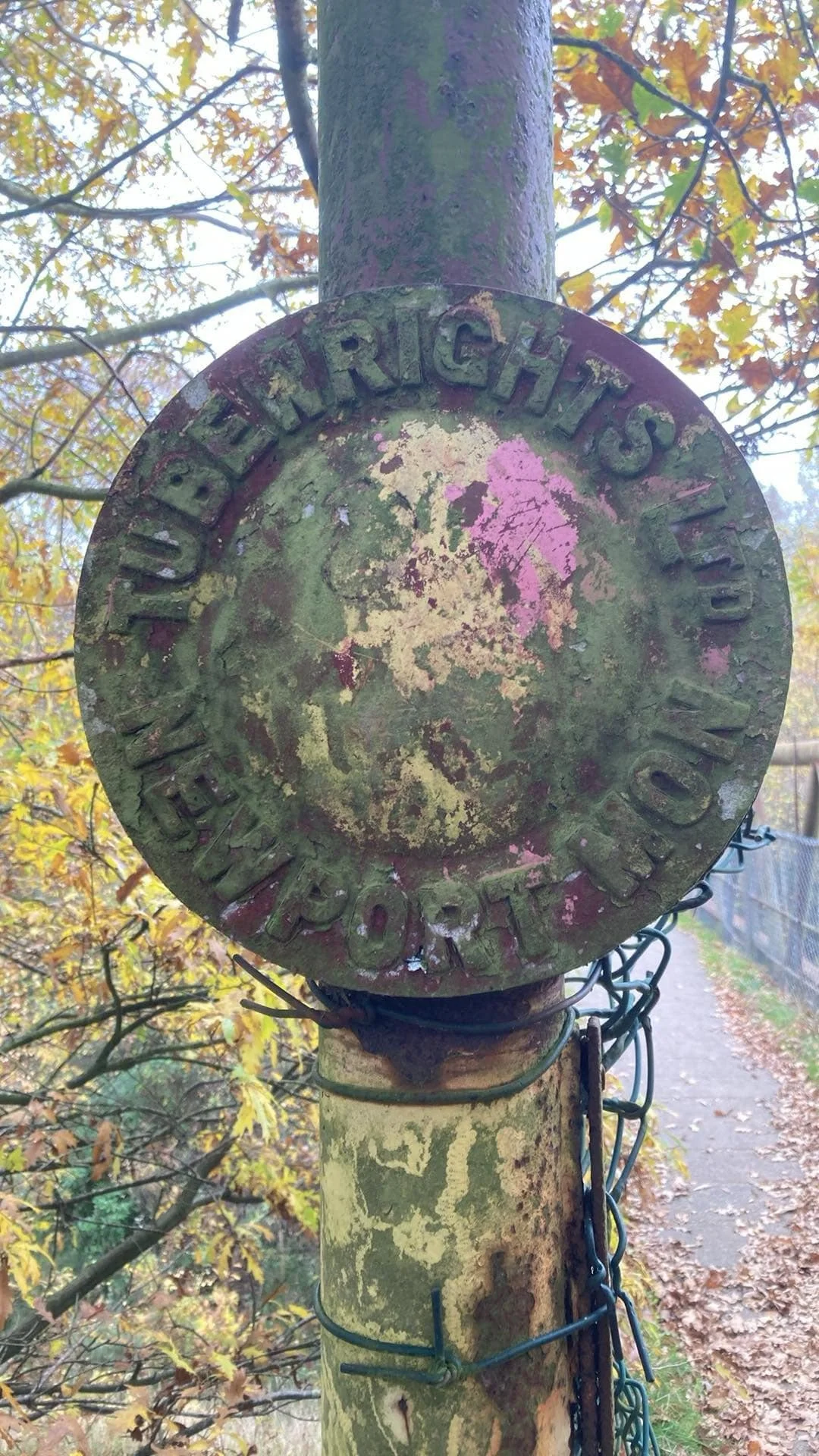
Leziate-Bawsey Sandpits
Narrow Gauge Railway
We recommend viewing this page on a desktop pc-laptop or tablet for a better viewing experience.
Welcome to Norfolk's disused railways page, where we'll be discussing the disused sand works at Bawsey and Leziate where high-grade silica sand was quarried for glass making. In the early days, a Narrow Gauge railway was used, and later, a conveyor belt system was implemented to transport the sand to Middleton Towers station or Bawsey. Close to Bawsey was the newly built Gayton Road station, which opened in 1885 for freight use, connecting to the M&GN and South Lynn. Middleton Towers opened in 1846 and closed in 1968, while Gayton Road closed earlier in 1959 and 1966 for freight. The sand pits were opened in the late 1800s by Mr Bagge with a siding constructed close to the level crossing at Middleton Towers station, and in 1904, they were taken over by J. Boam & Sons with a newer siding being constructed. British Industrial Sand took over the works in 1981 and soon replaced the tracks with conveyor belts. Sibelco took over operations in 2015 and continues to extract silica sand from neighbouring quarries. Sibelco transports the silica sand to various glass-making plants across the UK, mainly in the northern parts of the UK, from Middleton Towers, where a loading gantry and a run-around loop were constructed after the line closed in 1968. Part of the old Docks Railway is still in use as a run-around loop at King's Lynn for the freight services to turn around. It’s unclear when the pits at Bawsey and Leziate stopped being excavated completely. Further down was Bawsey brickworks, which is said to have closed in 1942 and was primarily served by Gayton Road at Bawsey, while Middleton Towers was the main transport hub for the silica sand.
The site at Bawsey has been repurposed as the Bawsey Country Park. Near the entrance, I discovered some old railway tracks and part of an old weighbridge. The platforms at Gayton Road still exist, but there's no evidence of any sidings or the junction that led to the Bawsey Brickyard. Some brick-constructed loading ramps are still present near the Bawsey Park car park entrance. Middleton Towers station is still operational for freight movements, mainly to Northern England. In Leziate, the road crossing bridge also remains, with two portals—one for the railway and one for the conveyor belts. In the middle of Bawsey Park, there's another old bridge that was part of the old works. Sibelco still excavates silica and transports thousands of tons annually, with 3/4 of the sand moved by train, mostly with two services on weekdays and none on Sundays.
Since our visit, Sibelco, who owns this land after British Sand, has fenced off the area. At the time of writing, we were unsure why, there was talk of possible excavation or storage in this area again.
As soon as we have more information, we will update the page.
Please if anyone has any Photos of information on this area, feel free to get in contact via the Contact page or FaceBook or X (Twitter)
Full credit will be given
My google Maps coverage
Bawsey Leziate narrow gauge historic Railway maps
I have found some historic maps that display the layout of the abandoned railway.
Thanks to the National Library of Scotland
Seen on later maps the railway only ran a much shorter route.
The British sand works at Leziate had a siding from Middleton Towers Station, where the narrow gauge railway also operated. The following map illustrates this connection.
Later maps indicate that the railway is accompanied by a conveyor system.
50/50 map coverage shows where the railway once was is now part of the Bawsey lakes at the Bawsey Country park.
As seen in the maps below, the area where the railway once ran has been excavated and is now filled with water, forming part of Bawsey Lakes.
I would like to express my gratitude to the National Library of Scotland for providing all the maps that were used above.
Leziate Sand works Bridge
There is a bridge located in Leziate on Station Road close to Holt house lane, not far from Middleton Towers Station. The bridge was used to carry a narrow gauge railway and a conveyor belt underneath Station Road, leading to what was formerly known as British Sand and is now Sibelco.
According to some sources, this bridge was probably constructed around 1935, although it is not certified.
Maps showing the bridge with both railway and conveyor usage.
Photographed on are first visit in October 2023
The Portals on the Other side of the old railway bridge
During the second visit in early 2024, we decided to venture in and have a look inside the bridge.
The graffiti on the bridge support on the sandpit side of the old bridge.
"Old signs left behind from the sand works."
"Inside".
The Railway Bridge.
Inside, we found an old sleeper and part of a roller from the conveyor system.
"Inside".
The Conveyor Tunnel
The new fence
"Many thanks to the Middleton Towers Restoration Group for sharing this picture of a new fence. The photo was taken from the top of the bridge, but its purpose is currently unknown. Some speculate that the fence is to keep people out, while others suggest it may be for a new belting system going back on site. As the site progresses, we will keep you updated."
Please click here to Support the Middleton Towers restoration group.
The Track bed
The Narrow Gauge Railway Track
Situated near the bank, not far from the old bridge, we found a possible small piece of track from the Narrow Gauge railway.
Is this an old part of the railway or an old piece of a metal fence post??
The loading platform and tracks at Bawsey.
In August 2021, before our visit to the bridge at Leziate, I found these tracks by the old loading platform, which is situated in Bawsey Country Park.
From sources, this was once called Bawsey Warren.
2024 revisit
In 2024, I revisited Bawsey Country Park and took more photographs of the old track at Bawsey. I also discovered an old weighbridge that was used to weigh the sand wagons at the works.
The old Weighbridge.
Looking at historic maps, what I thought to be a weighbridge has been confirmed, although the maps show that conveyor belts operated the works on this date.
Older maps indicate that the railway passed through this area without showing a weighbridge. The railway then proceeded towards the old Bawsey Brick Works as depicted in the map.
Thanks to the National Library of Scotland.
The old weighbridge at Bawsey may have been used during the railway era, as indicated on historic maps, although it is marked as being used during the conveyor belt days.
What i can imagine was the original site of the bridge office.
The Loading docks.
The old fence
I found this old piece of possible track near the weighbridge that looks like it’s been used as a post. I'm wondering if it was part of the old narrow gauge railway and repurposed into a post.
If you have any ideas, please feel free to get in touch.
Gayton Road Station
Gayton Road station opened later than the rest of the stations along the Lynn Fakenham line. It began operations in 1887 after the Lynn Avoiding Line was constructed to South Lynn, which would later become the M&GN. Gayton Road station closed, along with the rest of the M&GN, in 1959 for passengers and in 1966 for freight. However, the line remained open to East Rudham until 1967. The station itself remained closed, with the brickworks reportedly closing in 1942.
Gayton Road platforms remain as does a small part of the waiting room.
Middleton Towers Station
Middleton Towers station opened in 1846 and closed in 1968. The line from King’s Lynn to Dereham still runs as far as Middleton Towers for freight use. Middleton Towers is currently undergoing restoration by the Middleton Towers Restoration Group. Please click the link below for their webpage.
The loading gantry at Middleton Towers
Freight services at Middleton Towers
Random non-railway items from the sand works
Random non-railway items left behind from the old sand works at Leztiate.
Many thanks to Alex Brammer from the Middleton Towers Restoration group for the pictures below of an old bridge once used in the sand works.
Thanks Alex
Thanks for looking
Please if anyone has any pictures from when the works were in use please feel free to get into contact with to have them added to this page and full credit will be given.
Many thanks














